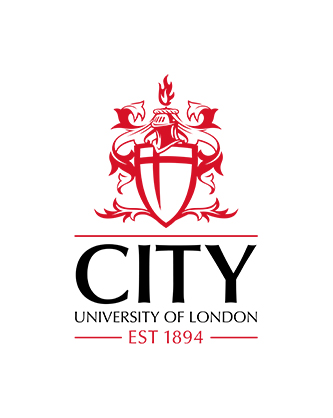Comparative evaluation of Olink Explore 3072 and mass spectrometry with peptide fractionation for plasma proteomics
Sissala, N.  ORCID: 0009-0000-0758-8140, Babačić, H.
ORCID: 0009-0000-0758-8140, Babačić, H.  ORCID: 0000-0003-0813-0005, Leo, I. R.
ORCID: 0000-0003-0813-0005, Leo, I. R.  ORCID: 0000-0002-7627-6690 , Cao, X., Forshed, J., Eriksson, L. E.
ORCID: 0000-0002-7627-6690 , Cao, X., Forshed, J., Eriksson, L. E.  ORCID: 0000-0001-5121-5325, Lehtiö, J.
ORCID: 0000-0001-5121-5325, Lehtiö, J.  ORCID: 0000-0002-8100-9562, Fredolini, C.
ORCID: 0000-0002-8100-9562, Fredolini, C.  ORCID: 0000-0002-7674-2014, Åberg, M.
ORCID: 0000-0002-7674-2014, Åberg, M.  ORCID: 0000-0002-7858-8233 & Pernemalm, M.
ORCID: 0000-0002-7858-8233 & Pernemalm, M.  ORCID: 0000-0003-4624-031X (2025).
Comparative evaluation of Olink Explore 3072 and mass spectrometry with peptide fractionation for plasma proteomics.
Communications Chemistry, 8(1),
article number 327.
doi: 10.1038/s42004-025-01753-2
ORCID: 0000-0003-4624-031X (2025).
Comparative evaluation of Olink Explore 3072 and mass spectrometry with peptide fractionation for plasma proteomics.
Communications Chemistry, 8(1),
article number 327.
doi: 10.1038/s42004-025-01753-2
Abstract
Plasma proteomics technologies are advancing rapidly, offering new opportunities for biomarker discovery and precision medicine. Direct comparisons of available technologies are needed to understand how platform selection affects downstream findings. We compared the performance of a peptide fractionation-based mass spectrometry method (HiRIEF LC-MS/MS) and the Olink Explore 3072 proximity extension assays on 88 plasma samples, analyzing 1129 proteins with both methods. The platforms exhibited complementary proteome coverage, high precision, and concordance in estimating sex differences in protein levels. Quantitative agreement between platforms was moderate (median correlation 0.59, interquartile range 0.33-0.75), mainly influenced by technical factors. Finally, we present a publicly available tool for peptide-level analysis of platform agreement and demonstrate its utility in clarifying cross-platform discrepancies in protein and proteoform measurements. Our findings provide insights for platform selection and study design, and highlight the value of combining mass spectrometry and affinity-based approaches for more comprehensive and reliable plasma proteome profiling.
| Publication Type: | Article |
|---|---|
| Additional Information: | This article is licensed under a Creative Commons Attribution 4.0 International License, which permits use, sharing, adaptation, distribution and reproduction in any medium or format, as long as you give appropriate credit to the original author(s) and the source, provide a link to the Creative Commons licence, and indicate if changes were made. The images or other third party material in this article are included in the article’s Creative Commons licence, unless indicated otherwise in a credit line to the material. If material is not included in the article’s Creative Commons licence and your intended use is not permitted by statutory regulation or exceeds the permitted use, you will need to obtain permission directly from the copyright holder. To view a copy of this licence, visit http://creativecommons.org/licenses/by/4.0/. |
| Subjects: | Q Science > QD Chemistry Q Science > QH Natural history > QH301 Biology R Medicine > RC Internal medicine |
| Departments: | School of Health & Medical Sciences School of Health & Medical Sciences > Department of Nursing & Midwifery |
| SWORD Depositor: |
Available under License Creative Commons: Attribution International Public License 4.0.
Download (18MB) | Preview
Export
Downloads
Downloads per month over past year


 Metadata
Metadata Metadata
Metadata